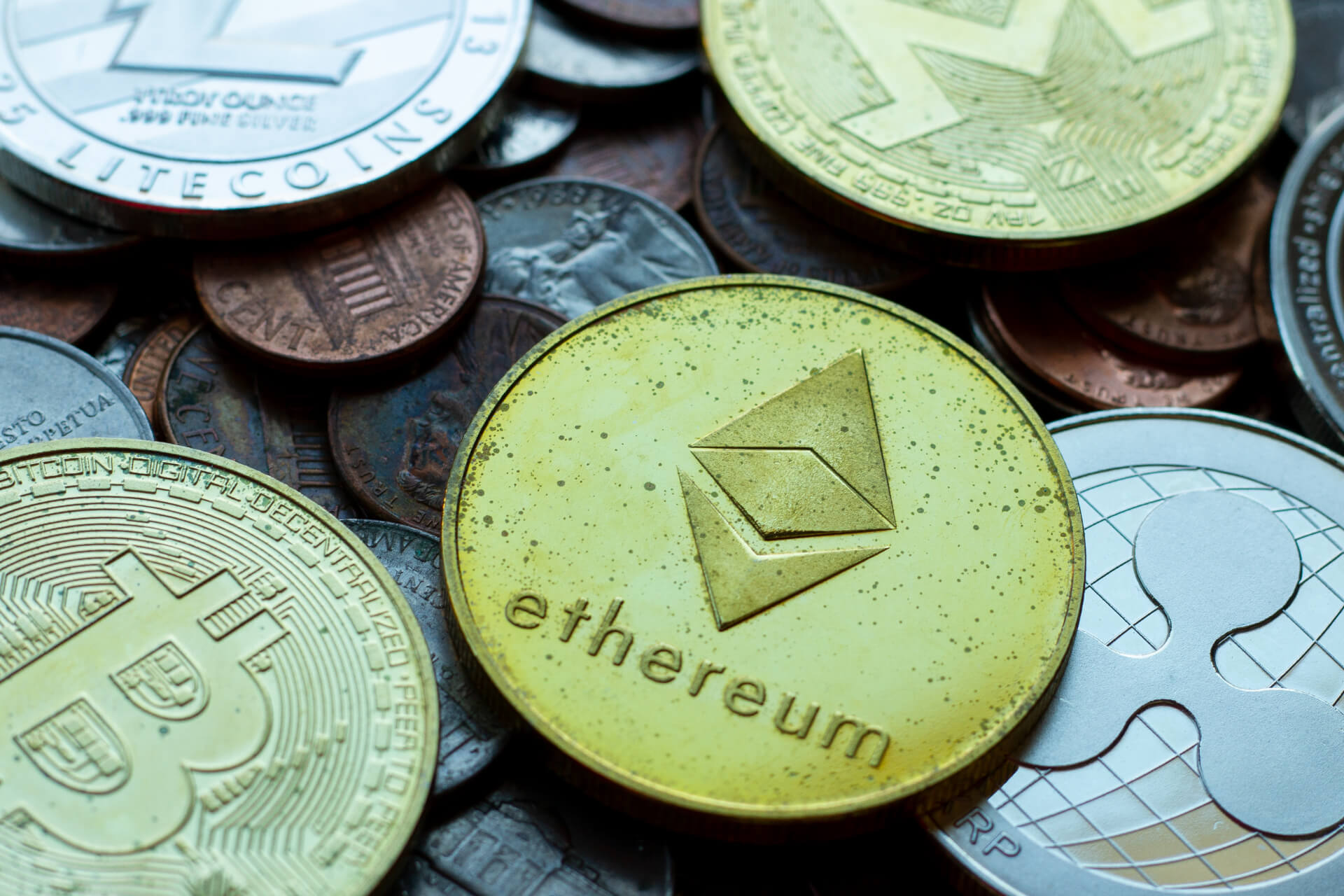
#DEFI COINS CRYPTO HOW TO#
“Also, take into account that the Hong Kong Dollar is essentially the world’s largest USD-pegged stablecoin, Hong Kong regulators know how these things work, and crucially, how to regulate such currencies,” the founder continued. While Hope does not plan to be part of Hong Kong’s stablecoin ecosystem, which includes efforts in creating offshore yuan-pegged stablecoins, it’s “riding the wave of the welcoming atmosphere and increasing regulatory clarity in Hong Kong, which frankly makes it one of the many ideal markets for the Hope ecosystem,” said Yang. Betting on Hong KongĪ flurry of Asia-based crypto firms is rushing to increase activity in Hong Kong as the region signals its desire to be the next regional hub for digital assets. Subsequently, 10-20% of the revenue received by the team will go toward repurchasing BRC two years after Babel’s restructuring sanctioned by the court, the founder added.

As a result, they will receive the DAO’s revenue as part of their veLT’s rights. The team will lock all their LTs to vote escrowed tokens (veLTs) to govern Hope’s decentralized autonomous organization (DAO). Rather, creditors will receive a BRC coin.Īccording to Yang, the team behind Hope, which consists of former Babel staff, will receive 30% of leveraged tokens (LT) with a four-year vesting schedule. On March 6, Hong Kong- and Singapore-based Babel filed a moratorium of protection with the Singapore High Court as it sought approval for restructuring.īloomberg reported citing sources that Babel planned to use revenues from a separate stablecoin, called the Babel Recovery Coin (BRC), to repay debts owed to creditors.Ĭommenting on the Bloomberg report, Yang said that Hope will be staked by Babel but won’t directly repay creditors.
#DEFI COINS CRYPTO SERIES#
Last June, institution-focused crypto asset manager Babel froze withdrawals and redemptions amid the market downturn, citing “unusual liquidity pressures.” Its financial trouble came to light just a month after it announced its valuation had reached $2 billion in an $80 million Series B raise. Yang confirmed that while the ecosystem will start with investments from outside investors, he will personally invest $10 million out of pocket into financing the Hope ecosystem. Users can access CEX liquidity in anonymous and decentralized ways,” Yang told TechCrunch in an interview. “That means no CEX custody, no user credit risk, while bringing CEX trading experiences to DeFi. One of Hope’s protocols, HopeConnect, for instance, is a DeFi settlement and clearance application that allows users to trade derivatives within major centralized exchanges (CEXs) without depositing assets on CeFi platforms. Yang compares Hope to MakerDAO, the issuer behind the popular stablecoin Dai, but with “a series of added functionalities.” However, the Hope token will initially use Bitcoin and Ether as reserves instead of cash and cash-equivalent assets, which are favored by other stablecoins.


The project has a namesake token, which aims to eventually peg its value close to the dollar as adoption grows. In light of the downfall of centralized crypto services like FTX, Gemini and Babel itself, Yang is touting Hope, which blends centralized finance (CeFi), decentralized finance (DeFi) and traditional finance (TradFi) to deliver the kind of transparency and security that come with DeFi but provide the easy access offered by CeFi. Flex Yang, the former CEO and founder of Babel Finance, is leading efforts to restructure the now embattled crypto asset unicorn while introducing a new decentralized project with hopes to avoid some of the flaws of his previous venture.


 0 kommentar(er)
0 kommentar(er)
